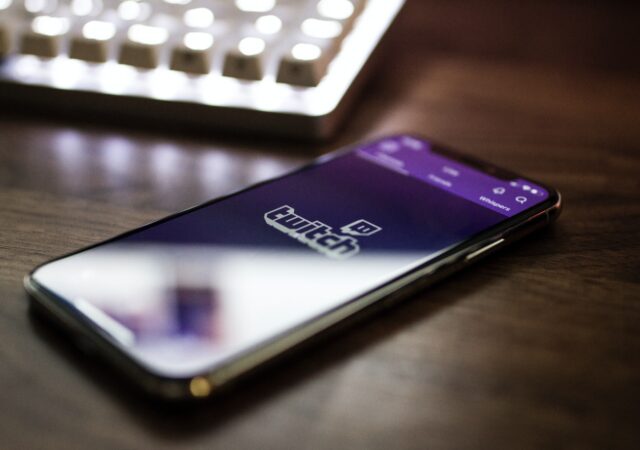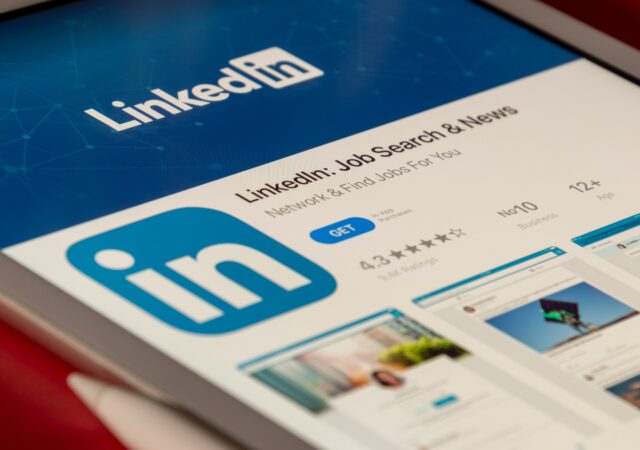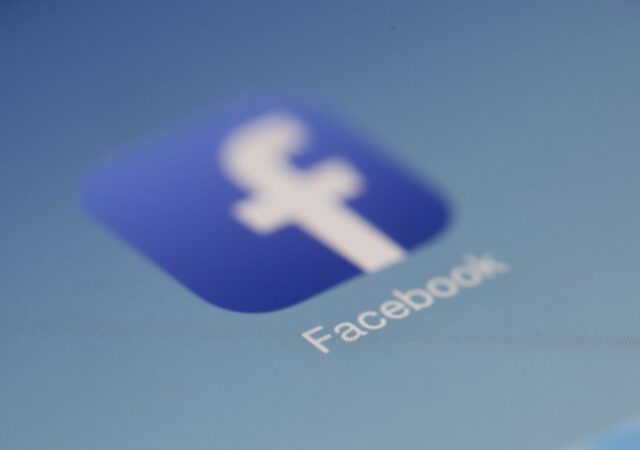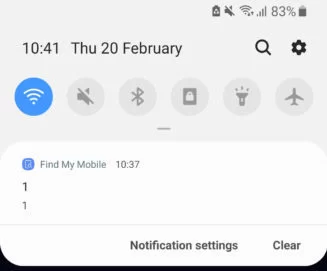Get the details on the discord security incident where third-party services posed risks. Sensitive user data was exposed.
Twitch Has Been Breached – Here’s What You Need to Know
Twitch experiences what cybersecurity experts are calling the largest breach in recent history. Here are all the details.
533 Million Facebook Users’ Data Resurfaces Online from 106 Countries
Facebook seems to be having a row of things recently. The company initially faced humongous backlash on their implementation of data sharing policies between popular messaging app, WhatsApp, and the larger company. Now, it looks like old wounds are reopening…
Samsung Find My Mobile Notification was a Data Breach
Update (26 February 2020): Samsung has reached out to SamMobile to clarify that the data breach wasn’t related to the Find My Mobile notification. Instead, the data breach was an isolated incident which occurred on the UK Samsung website. According…








